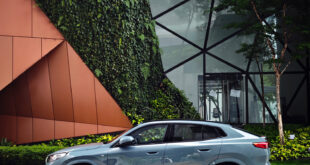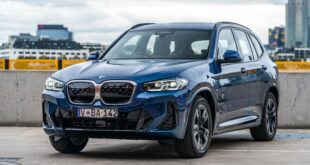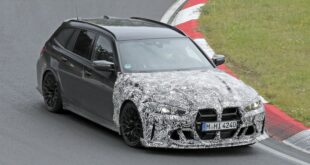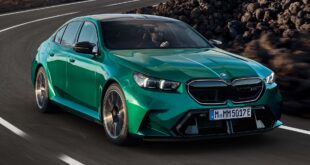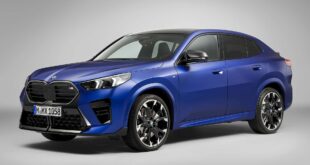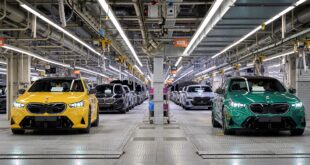
After savoring an exceptional pizza from 808 Monsmare in Odawara, an experience that could rival the best I’ve had in Italy, it was time to ignite my scarlet M2 for the return leg back into the city. Over 8 hours had passed since I embarked on this journey, and while my body was voicing its complaints, my heart remained eager for more.

With the echoes of an exceptional drive still lingering, it was time to head to Daikoku and embrace the vast stretches of the Wangan.
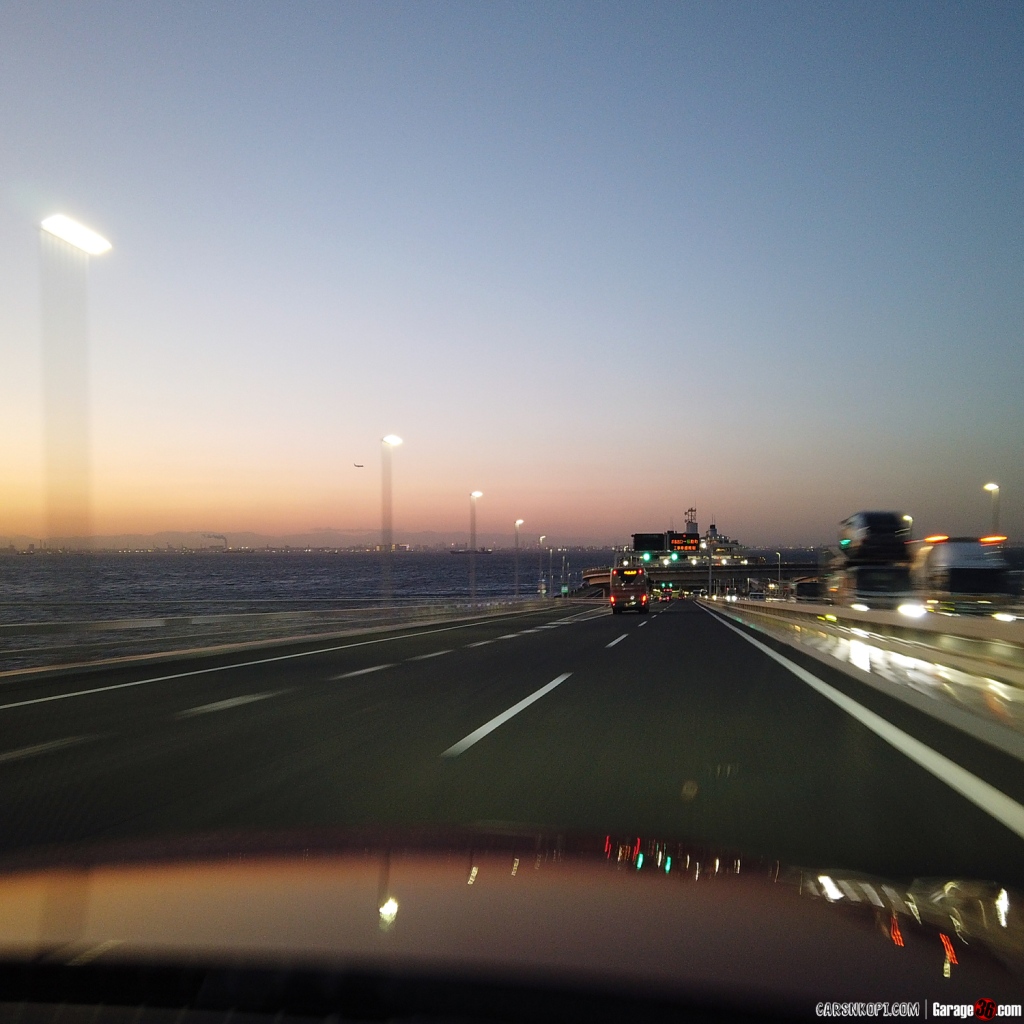
Inaugurated in 1962, the Tokyo Wangan Expressway marked a watershed moment in the post-war history of Tokyo, catalyzing urban development and transportation infrastructure. The initial 4.5-kilometer stretch, connecting Shibuya and Ueno, was part of a comprehensive plan to address the city’s then-burgeoning traffic congestion.

It was (and still is) a marvel of engineering, employing cutting-edge techniques for the time, including the innovative use of pre-stressed concrete for elevated sections. In 1964, the Tokyo Olympics acted as a catalyst, accelerating the project’s timeline to showcase Japan’s modernization efforts to the world.

By 1972, the expressway had expanded to approximately 15 kilometers, reflecting Tokyo’s rapid economic growth, and in 1996, the Bayshore Route was completed, extending the Wangan’s network to over 50 kilometers. Integrating iconic landmarks like Odaiba and Tokyo Bay into its path. The construction of the Bayshore Route featured state-of-the-art seismic isolation devices, underlining Japan’s commitment to both technological innovation and disaster resilience.

Navigating through the evolving cityscape, the Wangan transformed, winding its way through urban sprawl, gracefully weaving between skyscrapers and revealing a breathtaking panorama of Tokyo Bay. This captivating scene unfolded before my eyes as I thundered back into Tokyo from the picturesque vistas of Hakone.

While the perception of a highway can indeed be subjective, for those who find themselves behind the wheel of the right car, on the right night, and with the perfect soundtrack, the Tokyo Wangan Expressway most certainly transcends the label of just another road. As the city’s heartbeat pulsates through the steel, concrete, glass, plastic, and asphalt, this intricate network of thoroughfares takes on a life of its own, revealing an enchanting tapestry of driving euphoria that allows for an interplay of endless elevation changes and cambered curves.
It transforms the routine into an extraordinary journey, where machine and asphalt engage in an invigorating dance. The symphony of lights and shadows blends seamlessly with the engine’s hum and the rhythmic sound of tires on the pavement, creating a driving experience that goes beyond the ordinary.
For the crazy few fully attuned to the harmonies of their car and the melodies of the road, It’s not just a highway; it’s a conduit to an unimaginably magical stretch of driving, where every turn becomes a broad brushstroke in a masterpiece of motion. While one might argue that this description leans towards hyperbole, it perfectly encapsulates the genuine sense of wonder and exhilaration that I personally experienced.


That said, enthusiastic driving can certainly take its toll on fuel consumption. As I exited the highway to refuel once again, it presented the ideal moment to punch Daikoku PA into my navigation for my very first visit to this legendary automotive locale.
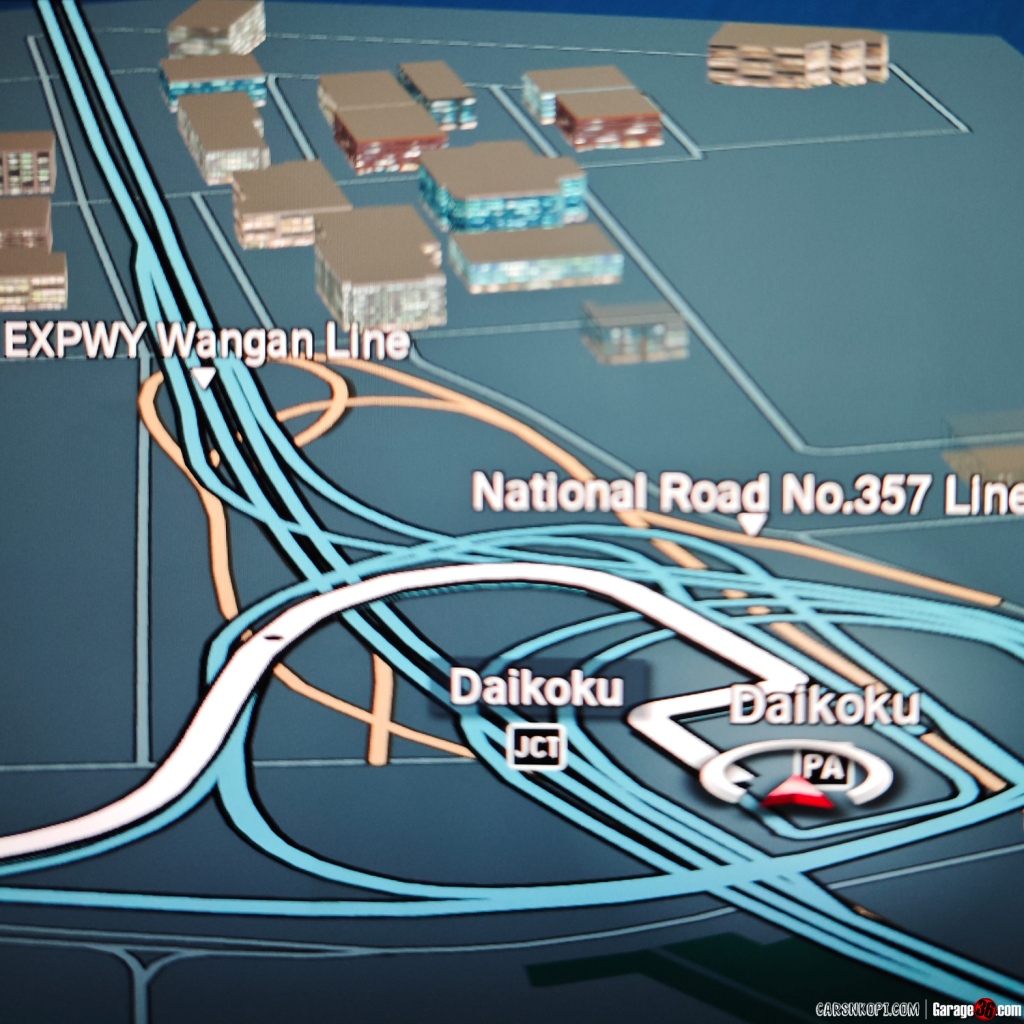
Something I’d never imagine I’d see in my car’s navigation display.




In a world where our shared passion frequently resides on the fringes, often on the wrong side, of public acceptance, cruising into Daikoku alongside kindred spirits felt almost like a long-awaited homecoming, even as a foreigner on a tranquil Monday evening. This is our tribe, and the language we speak is the language of cars. We share the same love.


While the evening started off rather quiet, it started getting filled up as the night went on with a bevy of GTRs turning up.







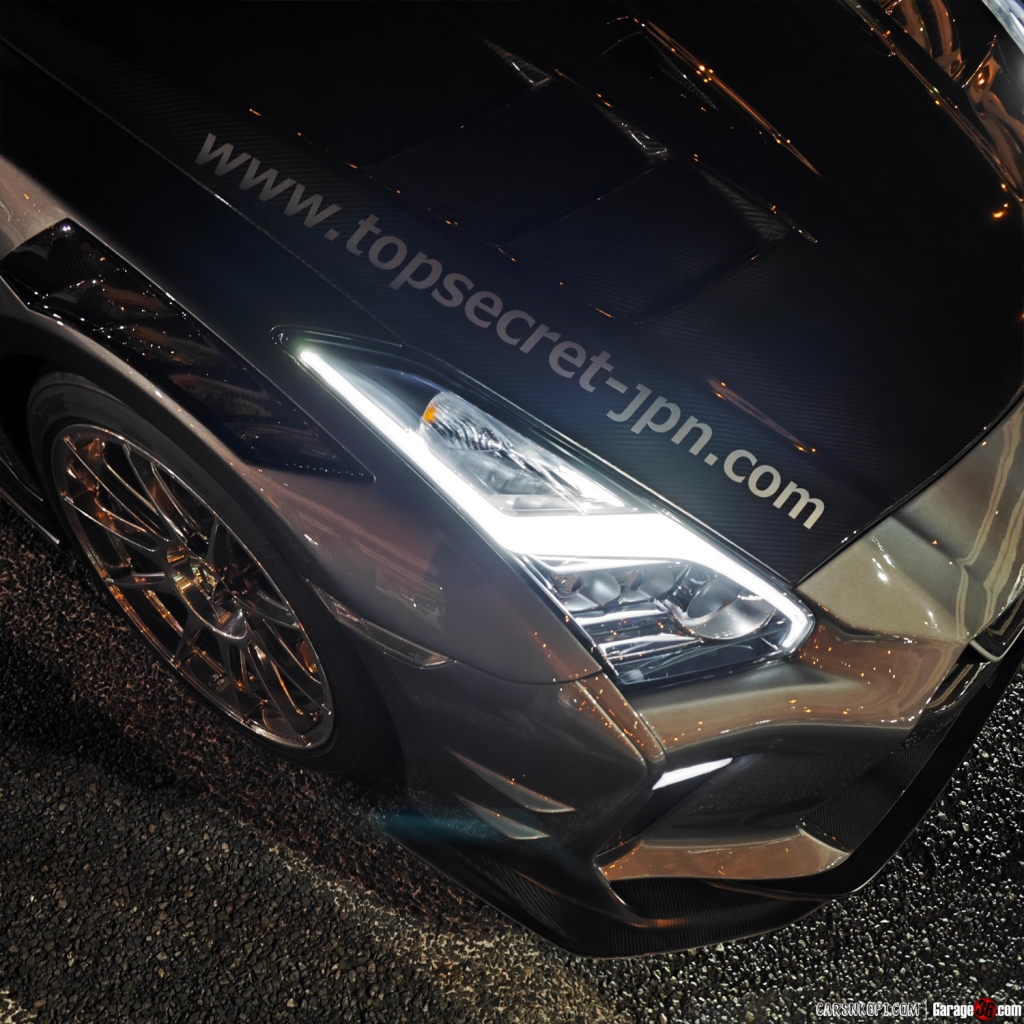
I reckon these are not your usual factory-spec R35s. Later on, the father of the Nissan GTR, Mr. Hiroshi Tamura, also made a notable appearance in a T-spec.


I guess it wouldn’t feel right without a couple of Supras.








Given that this is Daikoku, and Japan, for that matter, every make and model was embraced.


The variety of cars even on a regular Monday night was staggering.


After being on the road for over half a day, fatigue began to set in, prompting me to recognize the need for some rest. Before firing up the M2 and making my way back into the city, I took one last look at Daikoku, appreciating the vibrant scene before bidding it farewell.

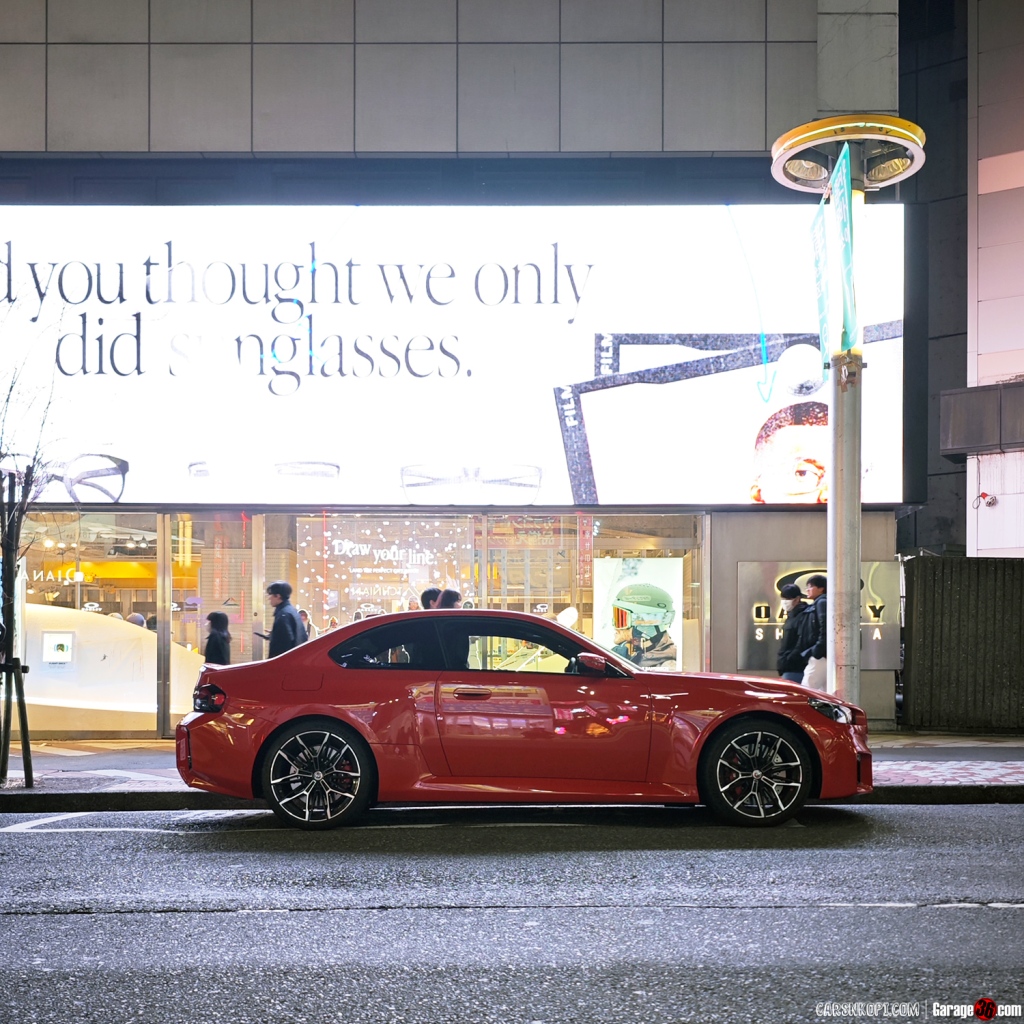
Particularly, the decision to opt for the automatic transmission over the manual became a focal point. Considering that this might be one of the last M-cars offering a stick shift, one might question if requesting the 6-speed would have been a more sensible choice. My honest answer? No. The automatic was the right choice. Allow me to elaborate.
While I acknowledge that a manual transmission would have added more enjoyment on certain stretches of the Touge, the unfamiliarity of the roads, especially some technical sections, would have undoubtedly hindered my progress. Having to manually shift gears would likely have added to my fatigue, given the circumstances. more so considering the sections in between each Touge that required navigating through traffic.

While a manual transmission would undeniably enhance the engagement factor, my lack of familiarity with the roads around Hakone, especially on more technical sections, would have no doubt impeded progress and perhaps, even contribute to additional fatigue during the sectors between each Touge that required navigating through slower traffic.
In contrast, the ZF automatic, with its finely tuned ratios, shift points, and synchronization to the M2’s powerplant, delivered a brilliant drive that remained no less enjoyable while being significantly more accessible.

As I finally parked up outside my hotel more than 12 hours since I started, my body was in shambles, my mind was overwhelmed but my heart was full. A heartfelt thank you to BMW Group Japan for making this unforgettable experience possible. It was a perfect day and an euphoric night. I couldn’t have asked for more,
 BMW.SG | BMW Singapore Owners Community The Ultimate BMW Community – Established Since 2001
BMW.SG | BMW Singapore Owners Community The Ultimate BMW Community – Established Since 2001


